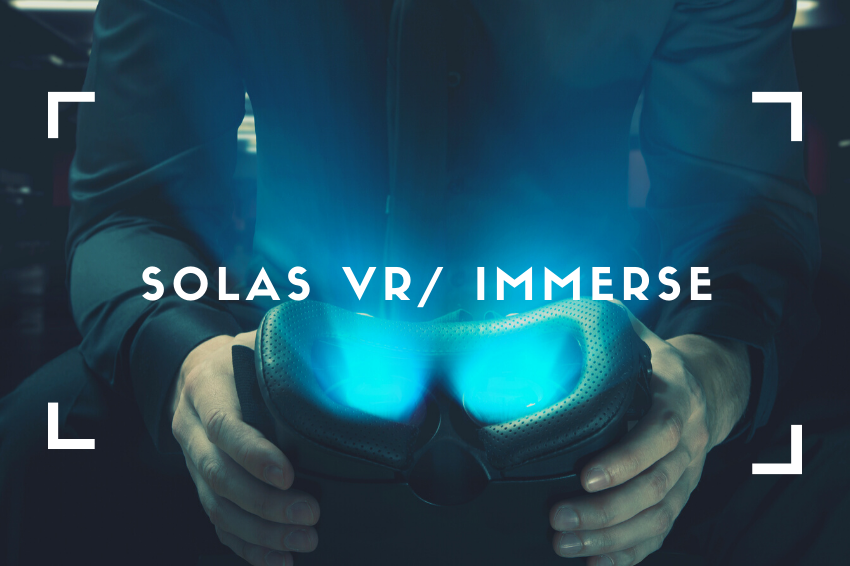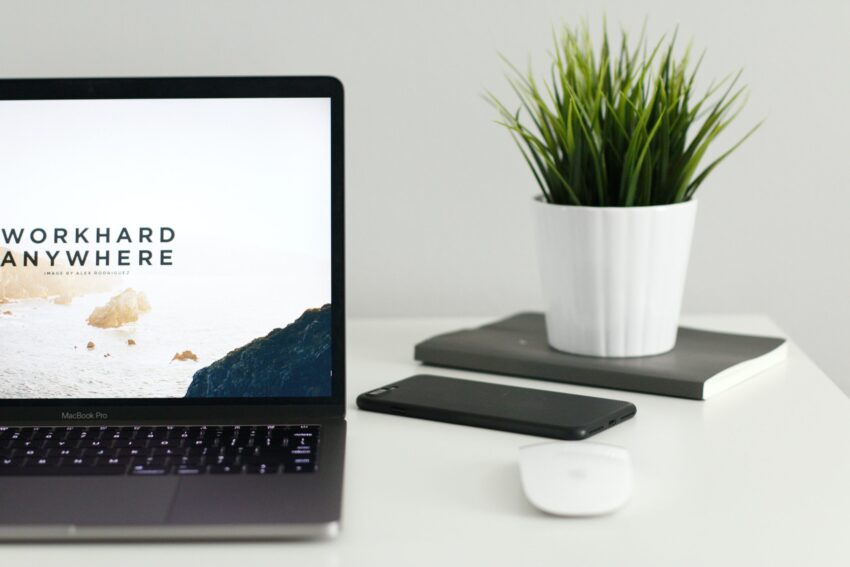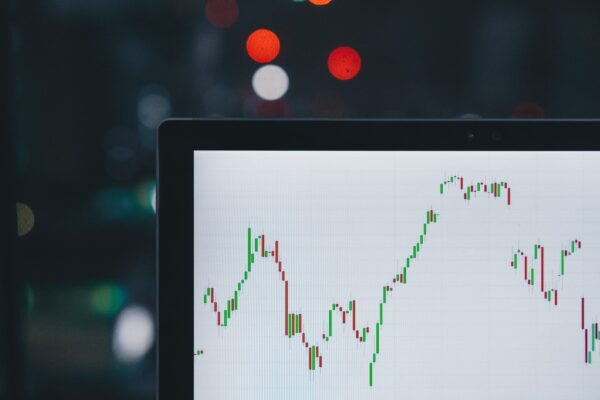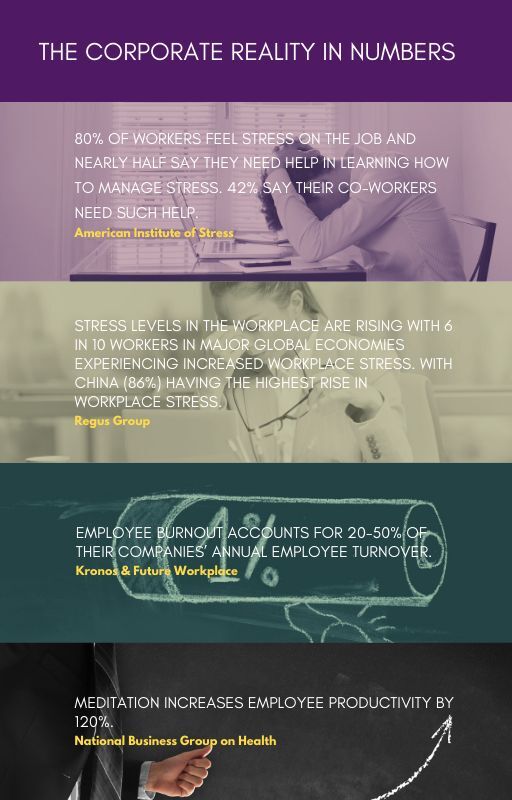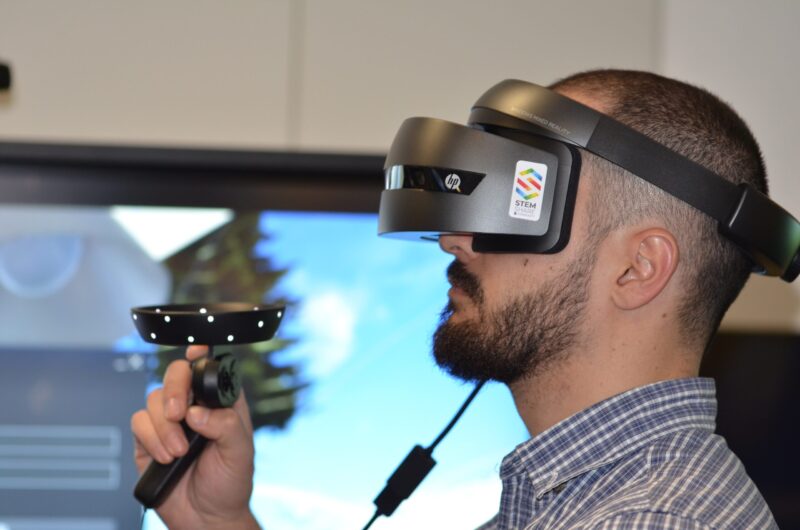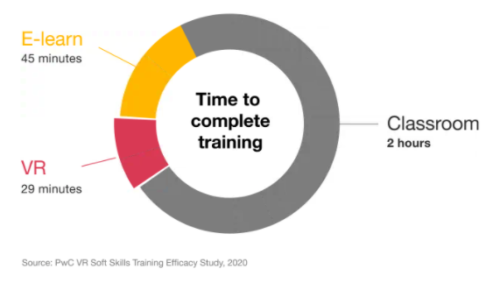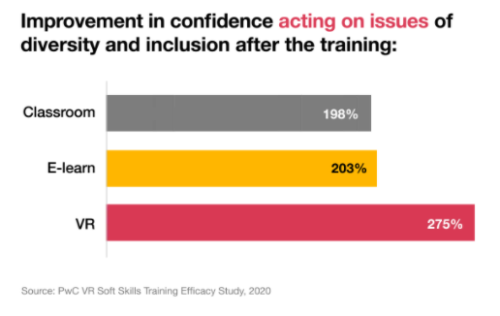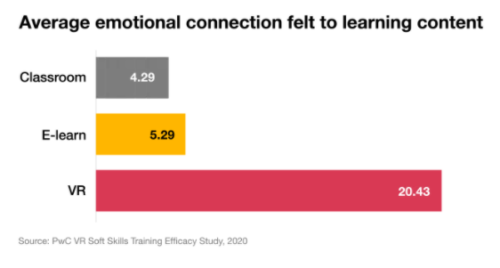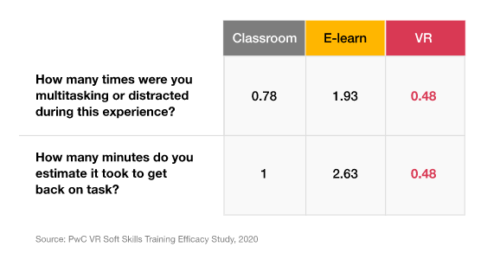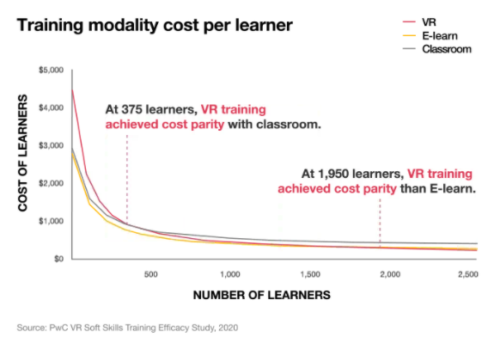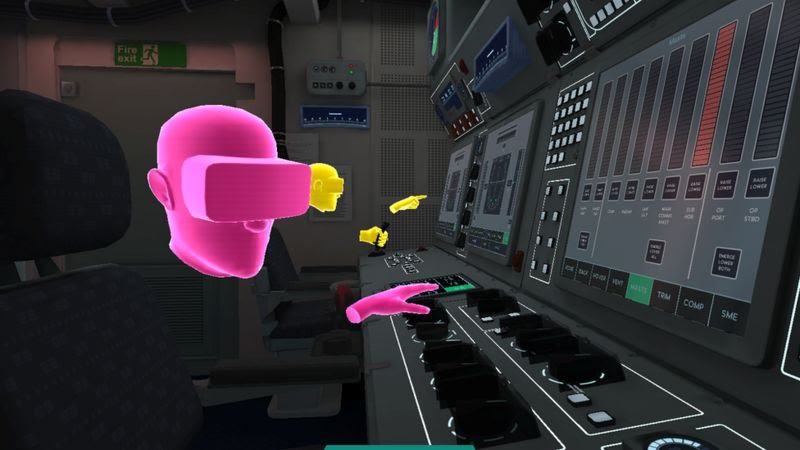
Source: BBC.com
By Bernd Debusmann Jr
For many who leave the military, entering the civilian workforce can be a shock, with an office culture devoid of the routine and chain-of-command that shapes a life in uniform.
“There’s a loss of structure, and a loss of all those things that held daily activities together,” recalls Tristan Carson, a US Marine veteran. “In the military, your days are dictated for you. You know what you’re going to be doing.”
To make matters worse, the culture shock that often comes with this transition from military to civilian life is compounded by a communication problem.
For instance, many employers outside of the military cannot comprehend the myriad of acronyms soldiers may initially struggle to stop using in their daily work. Some veterans may also struggle to explain how their experience can be applied in a non-military environment.
One potential solution comes in an unlikely form: virtual reality (VR).
For most people VR is nothing more than a fun gimmick to enhance the experience of playing video games at home however the technology is now starting to be used in some exciting new ways.
In Mr Carson’s case, he took part in a pilot scheme testing a programme called Artificial Intelligence Designed for Employment (AIDE). It was devised by Onward to Opportunity, a free career training programme created by the University of Syracuse for the Institute for Veterans and Military Families (IVMF).
Using an Oculus Rift headset, which will soon be distributed at 19 military bases throughout the US, the initiative briefs soldiers on their transition to regular life as well as on how to conduct a virtual interview.
The technology includes a “jargon analyser” and examines its users’ speech patterns to detect things like nervousness and hesitation.
“It will tell you, for example, how much jargon and military terminology you used. [Participants] get a full transcript and feedback,” says Bryan Radliff, who spent 31 years with the US army and now manages the CyberVets programme, which trains veterans in IT skills.
“They need to know that they are explaining things adequately to a hiring manager so as not to create confusion,” he adds. “Then programme coordinators and transition specialists can sit with the individuals to talk about their experience, or work on their interviewing skills.”
This programme is just one of a number of initiatives that are using virtual reality to recruit or train workers on everything from job interviews to complex mechanical processes, and even wellness initiatives.
These programmes, in turn, form a growing part of the global virtual reality market, which Fortune Business Insights estimates will grow to $57.55bn (£40.19bn) by 2027, up from just $3.1bn (£2.24bn) in 2019.
Tom Symonds, the chief executive of online training platform Immerse, says the use of VR has a number of benefits for companies, such as giving them the ability to conduct training sessions or complicated assessments with employees around the globe, without the need to fly out personnel to do in-person sessions.
VR is also often better at maintaining the interest and focus of employees, Mr Symonds adds.
“Generally speaking, the accepted way of developing talent within an organisation has been some kind of classroom training-based experience and some kind of PowerPoint presentation,” he explains. “I think there is a growing awareness that this old blend can be enhanced by new technology.”
As an example, Mr Symonds points to multinational oil and gas company Shell, which uses VR to train and assess its widely-dispersed workforce, some of whom are located in remote offshore facilities.
“We see virtual reality as another instructional method that provides teams with a safe place to practise skills, and more importantly, fail within a safe and controlled environment,” says Brent Kedzierski, head of learning strategy and innovation at Shell.
“When learners are not in the classroom, they can continue to perform VR simulations to practise and reinforce intellectual and behavioural skills,” Mr Kedzierski adds. He says the “scenario-based training simulation exercises” are designed to be repeated at increasing levels of complexity, without the support of an instructor.
While the use of VR in recruitment and training pre-dates 2020, Mr Kedzierski said that the benefits were starkly highlighted during pandemic-induced travel restrictions.
Being able to familiarise new joiners with the company, anytime and anywhere has been a big advantage. “We’re able to give learners a physical orientation to our assets when they don’t have the luxury of being in the actual control room, mess hall or sleeping quarters.”
However, industry insiders warn that the VR technology still has limitations.
Sophie Thompson, the co-founder and chief operating officer of VirtualSpeech – a UK-based VR education platform which focuses on skills such as interview technique, sales and public speaking – says that while the firm’s revenues grew 300% in 2019 and 2020, “user habits simply aren’t there yet”.
“It’s quite a jump from looking at a computer or phone and observing the digital world, to then becoming an active participant right in the middle of it,” Ms Thompson says.
“People aren’t used to putting a headset on their face and being completely immersed and teleported to another location or experience, and some people feel vulnerable doing that,” she adds. “This is already starting to change as the headsets become more sophisticated.”
Kevin Cornish, the chief executive of Moth + Flame, a VR company that has partnered with the US Air Force to provide training aimed at combating suicide and sexual assaults, said that “once people adopt this training, it’s tough to go back to computer-based training”.
“This is just so immersive and engaging that companies will definitely be adding this to their overall training solutions,” he says.
Mr Cornish adds that the fact that younger employees in particular are quick to pick up headsets, and feel comfortable, bodes well for the future of VR in the workplace.
“As these generations move into positions of management and leadership that will likely accelerate the adoption of the technology, but we are seeing a lot of enthusiasm for the product with Baby Boomers and Gen-Xers,” he says.
Immerse’s Tom Symonds, for his part, says that much of the future growth of VR will be a result of companies turning to the technology to help them manage the wellness and mental health of their employees.
Already, Immerse has partnered with meditation app Solas VR to create a library of VR meditations aimed at boosting mental wellbeing and brain productivity. The partnership include a selection of 360-degree videos featuring idyllic Irish nature scenes to relax in, as well as breathing exercises and other features.
“The technology has the ability to transport you to a different place, take you out of your daily work stress, and put you in an environment that allows you to be calm,” he says. “That’s a brilliant use of the technology.”
“Its great quality is the ability to focus you on something 100%,” Mr Symonds adds. “Once you are in the headset, you are focused.”





